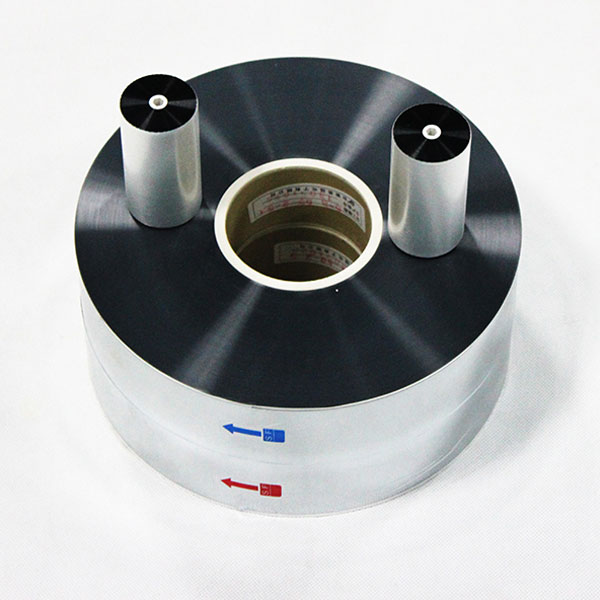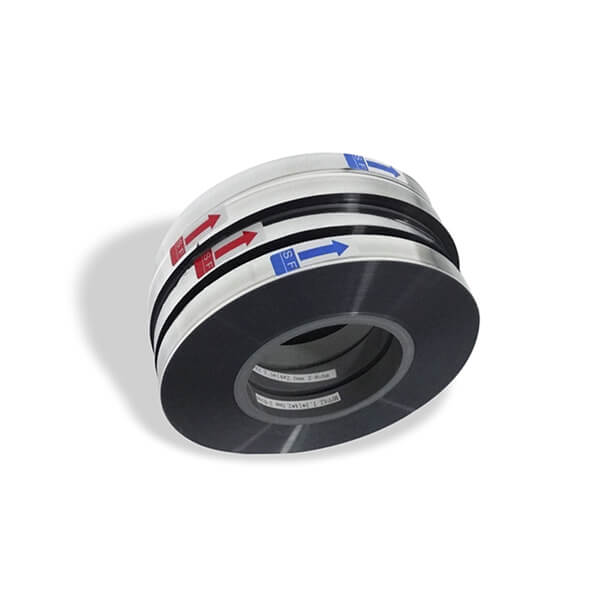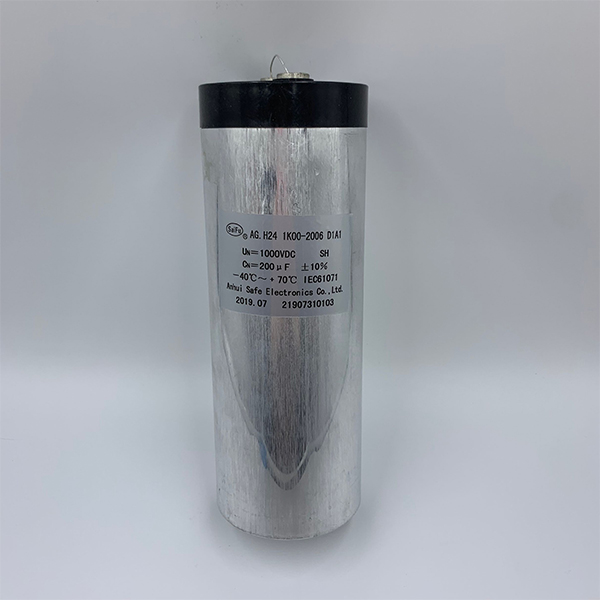Introduction:
A capacitor is an essential component of an electrical circuit that stores and releases electrical energy. It is a passive device that consists of two metal plates separated by a dielectric material. Capacitors are used in a variety of electrical and electronic devices, ranging from simple circuits to complex electronic systems. In this blog, we will discuss the working of a capacitor in detail and explore how it works in different applications.
How AC Capacitor Works?
An AC (alternating current) capacitor is a type of capacitor that is designed to work with AC circuits. It is used to store electrical energy in the form of an electric field. When an AC voltage is applied to the capacitor, the electric field between the two plates of the capacitor is charged and discharged in response to the alternating voltage.
The AC capacitor consists of two metal plates that are separated by a dielectric material. The dielectric material can be air, paper, or any other insulating material. The size of the capacitor determines the amount of charge it can store. The unit of capacitance is Farad (F), which is a large unit, so capacitors are often measured in microfarads (µF) or picofarads (pF).
When an AC voltage is applied to the capacitor, the current flows through the circuit, and the electric field between the two plates of the capacitor is charged and discharged. During the charging process, the current flows from the source through the capacitor and charges one plate while discharging the other. When the voltage changes direction, the process is reversed, and the capacitor discharges through the circuit.
The working of the AC capacitor is based on the principle of capacitance. The capacitance of a capacitor depends on its size, the distance between the plates, and the dielectric material. When an AC voltage is applied to the capacitor, it charges and discharges the electric field between the two plates, storing electrical energy.
How Capacitor Bank Works?
A capacitor bank is a combination of several capacitors that are connected in parallel or series. It is used to improve the power factor of a system by providing reactive power to the circuit. A capacitor bank is used in high-voltage power systems to improve the power factor of the system, which reduces the losses and improves the efficiency of the system.
The working of a capacitor bank is based on the principle of reactive power. Reactive power is the power that is stored and released by a capacitor. When an AC voltage is applied to a capacitor bank, it charges and discharges the electric field between the plates of the capacitors. The reactive power provided by the capacitor bank compensates for the inductive reactive power in the system, which improves the power factor of the system.
The power factor of a system is the ratio of the real power (measured in watts) to the apparent power (measured in volt-amperes). A high power factor indicates that the system is more efficient and has fewer losses. The capacitor bank improves the power factor of the system by reducing the reactive power in the system, which improves the efficiency and reduces the losses.
How Capacitor Works in Ceiling Fan?
A ceiling fan is an essential component of a household that helps in circulating the air in the room. The working of a ceiling fan is based on the principle of a motor that converts electrical energy into mechanical energy. A fan motor capacitor cbb61 is used in a ceiling fan to provide the starting torque to the motor.
The capacitor used in a ceiling fan is a start capacitor, which is connected in series with the starting winding of the motor. When the fan is turned on, the capacitor charges and provides a phase shift between the main winding and the starting winding. This phase shift produces a rotating magnetic field, which provides the starting torque to the motor and allows it to start rotating. Once the fan reaches a certain speed, a centrifugal switch disconnects the start capacitor, and the fan continues to operate on the main winding.
The start capacitor used in a ceiling fan is a type of electrolytic capacitor that has a large capacitance value. The size of the capacitor determines the amount of starting torque provided to the motor. The start capacitor is rated in microfarads and typically ranges from 1 to 15 microfarads.
The working of a capacitor in a ceiling fan is crucial for its operation, as it provides the starting torque needed for the motor to begin rotating. Without the capacitor, the motor would not be able to overcome the initial resistance and start rotating, leading to the fan not functioning properly. As a leading ac motor capacitor factory in China, Saifu has established a world-class metallized film and film capacitor production line for capacitors. We can provuide you high-quality cbb61 fan motor capacitor.
How Ceramic Capacitor Works?
A ceramic capacitor is a type of capacitor that is made of ceramic material. It is a common type of capacitor that is used in a variety of electronic devices. The ceramic capacitor consists of two metal plates that are separated by a ceramic dielectric material.
The ceramic dielectric material used in a ceramic capacitor is typically made of barium titanate or other ceramic materials. The dielectric constant of the ceramic material determines the capacitance value of the capacitor. The higher the dielectric constant, the larger the capacitance value.
The working of a ceramic capacitor is similar to other types of capacitors. When a voltage is applied to the capacitor, the electric field between the two plates is charged and discharged. The ceramic dielectric material used in a ceramic capacitor provides a high capacitance value in a small package size, making it ideal for use in electronic devices.
Ceramic capacitors are available in a wide range of capacitance values, ranging from picofarads to microfarads. They are commonly used in filter circuits, coupling circuits, and decoupling circuits in electronic devices. Ceramic capacitors are also used in high-frequency circuits due to their low parasitic inductance and resistance.
Conclusion:
In conclusion, capacitors are essential components of electrical and electronic circuits that store and release electrical energy. The working of a capacitor is based on the principle of capacitance, which is the ability of a capacitor to store electrical energy. AC capacitors, capacitor banks, ceramic capacitors, and start capacitors used in ceiling fans are just a few examples of the different types of capacitors and their applications. Understanding how capacitors work is important for anyone working with electrical and electronic circuits, and knowing the different types of capacitors and their applications can help in choosing the right capacitor for a particular circuit or application.
 English
English  한국어
한국어  français
français  Español
Español  русский
русский  Türkçe
Türkçe  Pilipino
Pilipino  Polska
Polska  Malay
Malay  Indonesia
Indonesia 



